100th Anniversary Great Nave Tour at the Cathedral of St. John the Divine
Celebrate the 1925 construction of the stunning nave inside the world's largest Gothic cathedral!


On the Red Hook waterfront, tucked behind Fairway and the Beard Street warehouses is the last remnant of a bold experiment to bring back trolleys to Brooklyn. In the vein of the solo entrepreneurs of days gone by, like Alfred Beach and his one-block pneumatic subway in Lower Manhattan, renown urban explorer Bob Diamond dreamed of reviving the Red Hook trolley line that ran to Atlantic Terminal and Downtown Brooklyn. Diamond is most known to New Yorkers for having discovered the Atlantic Avenue Tunnel, believed to the world’s first underground transit tunnel, into which he gave tours to the public for many years bringing large groups down a manhole on Court Street in front of Trader Joe’s. His later travails in keeping access open in the tunnel and his dashed hopes of excavating a locomotive he believed buried in there are well-documented.
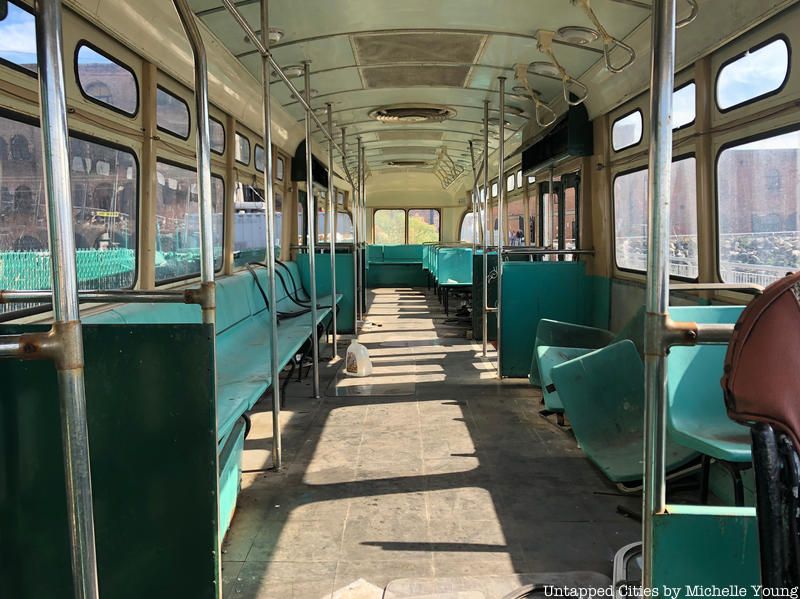
Diamond and his friend Gregory Costillo founded the Brooklyn Historic Railway Association (BHRA) and through it collected seventeen decommissioned trolleys, sourced predominantly from Boston and Cleveland, with one from Oslo, Norway dating to 1897, and another from the Army Corps of Engineers. The organization also salvaged rails from the Lehigh Valley and constructed new tracks along the Red Hook waterfront. This was possible without government support due to the cooperation of George O’Connell, of the O’Connell Organization which owns and operates many of the historic buildings in the neighborhood, including the Merchant Stores Building, The German American Stores Building, The Beard and Robinson Stores Building and The Red Hook Stores Building.
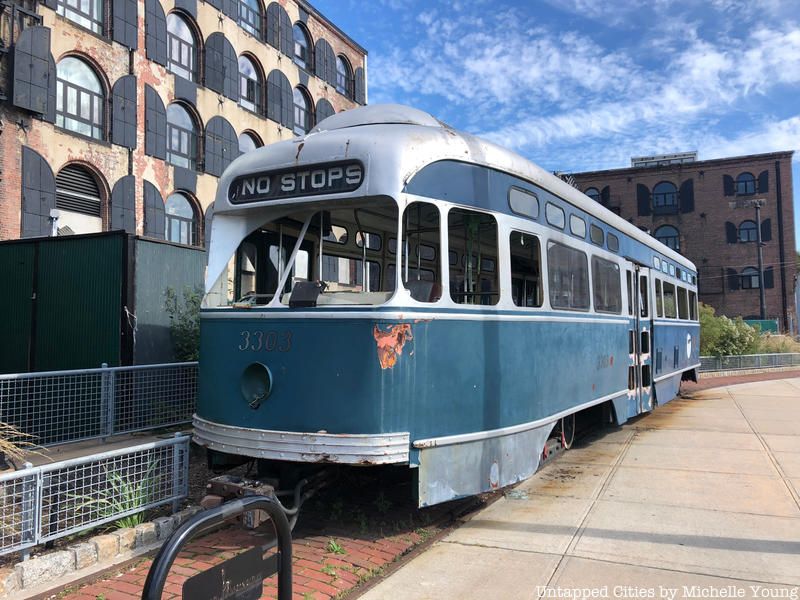
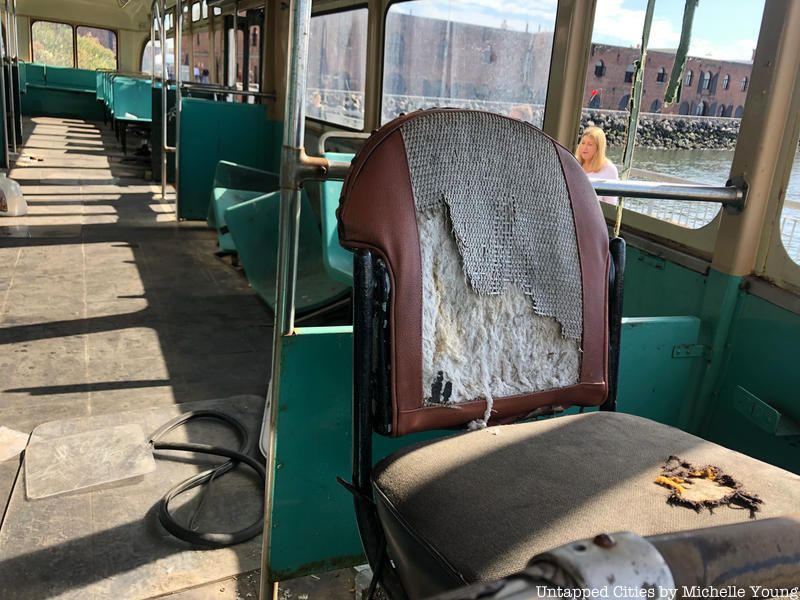
Then the BHRA worked with the NYC DOT during the 1990s and 2000s to extend the trolley line into Red Hook, and for a period of time, a one-mile loop of trolley track went from the warehouses into the Red Hook neighborhood along Conover Street and Van Brunt Street. The pilot was short lived however, with the city determining that trolleys were not the best option for improving transit access in Red Hook. Diamond told Nathan Kensinger of Curbed NY in 2014 that the city killed the project on the “second day Bloomberg was in office.” The rail tracks were quickly removed thereafter in road repaving in 2004 and Diamond lost access to the warehouse the BHRA was using to store most of the trolleys. The last known location of many of these trolleys is specified as the Brooklyn Navy Yard on the BHRA website, but are now listed as “whereabouts unknown.”
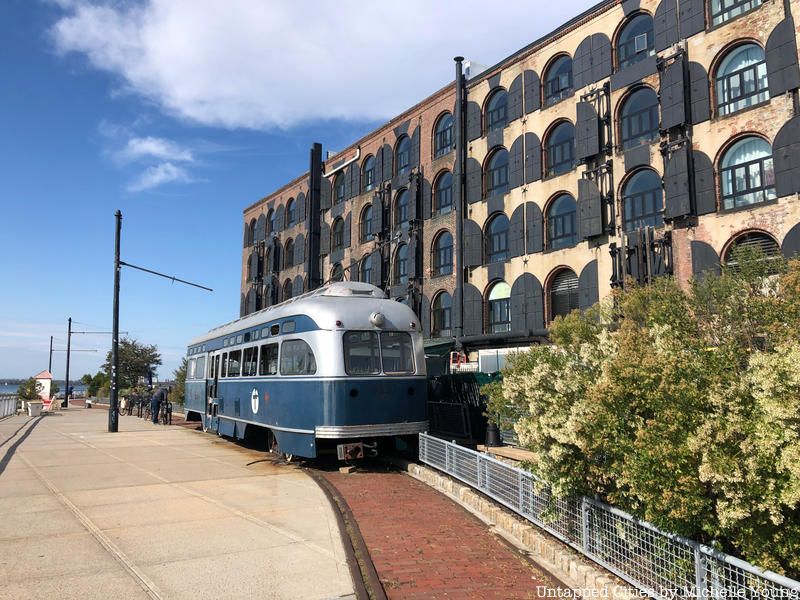
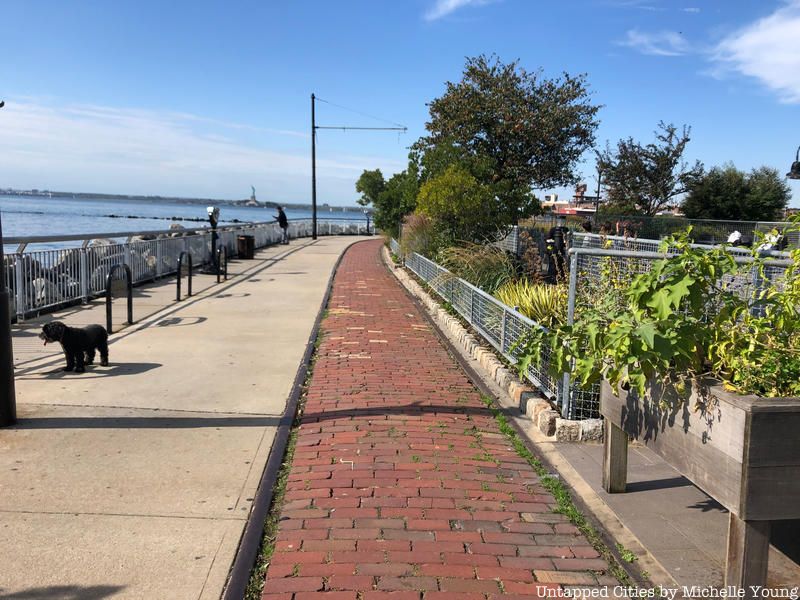
Rail track that still exists
For about ten years, four trolleys remained on the Red Hook waterfront, but flooding from Hurricane Sandy significantly corroded the cars. The O’Connell Organization donated the trolleys, two of which went to the Sherburne Falls Trolley Museum in Massachusetts, including cars 3299 and 3321, the last trolley car ever to be built in the state. Sherburne Falls Trolley Museum is currently fundraising for a cosmetic restoration of the cars. Online reports also indicate that trolleys went to the Shoreline Trolley Museum in Branford, Connecticut, which also contains other great relics like August Belmont Jr.’s private subway car, a PATH train from under the World Trade Center during 9/11, and the oldest preserved street car in the world. We are confirming if that is correct or not.
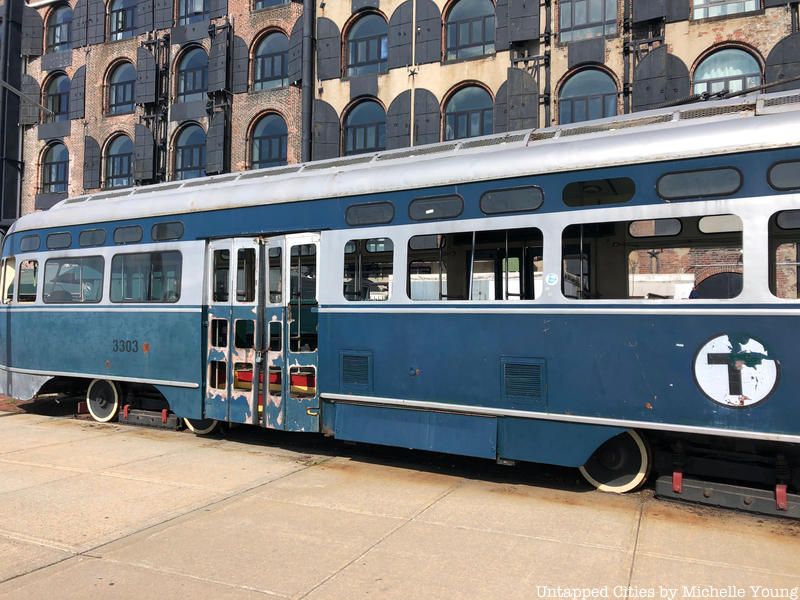
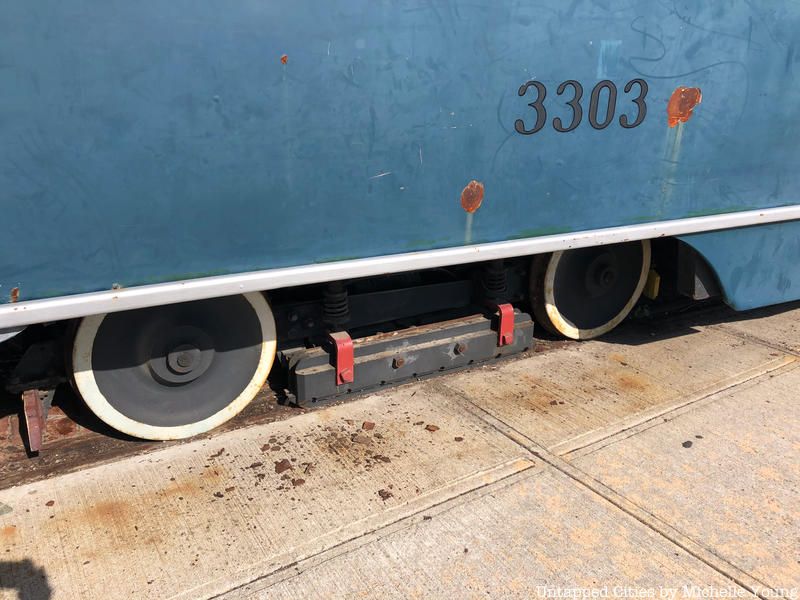
One trolley remains, the 3303 Boston T Green Line car dating from 1951. It has been painted blue in the last few years but the T logo is still visible. The trolley car now reads NO STOPS on its front placard. Looking back on older photographs, it has read on various times, “PARK ST via SUBWAY” and “BOSTON COLLEGE.” The doors are in rough shape and locked by chain and padlock (long gone are the days when the public could enter inside the trolleys) and many of the windows are blown out. The interior of the trolley is incredibly fairly intact, apart from some chairs that have fallen and the rattiness of a wicker and fabric drivers seat.
The quest for trolleys in Brooklyn is a cyclical one, with the De Blasio administration reviving again plans to run a street car along the Brooklyn waterfront into Queens, now called the Brooklyn-Queens Connector (BQX) but it is looking less and less likely this will come to fruition either.
Next, check out the traces of the Erie Canal you can still see in Red Hook and NYC.
Subscribe to our newsletter